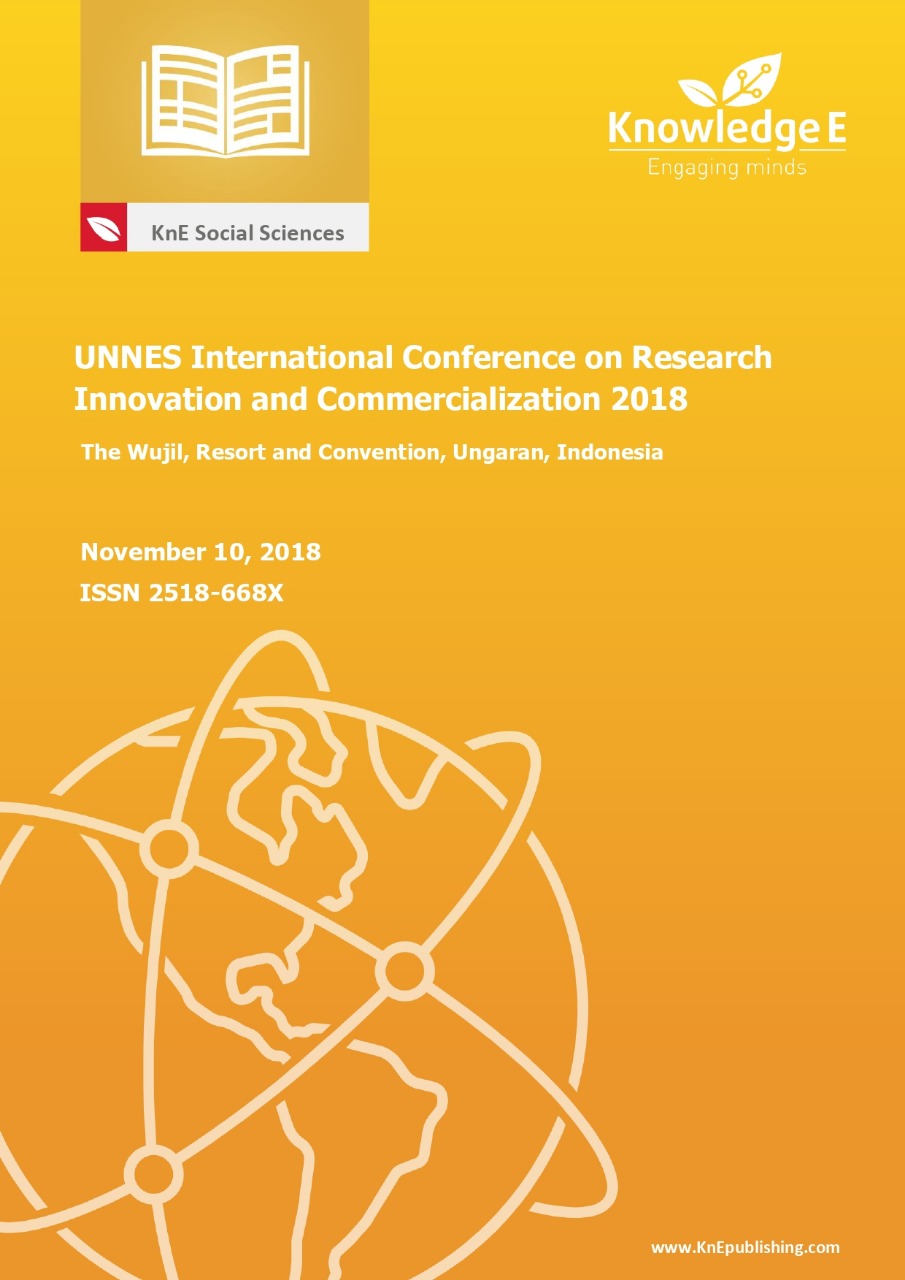Management Model for Integrating Character Education Training in School Learning with the Spiral System
DOI:
https://doi.org/10.18502/kss.v3i18.4702Abstract
The implementation of the integration of character education in learning in schools in general has not shown the results of changes in student behavior as expected. This study aims to obtain a training management model for teachers in integrating character education in subjects with a spiral system. The design of the spiral system training model activities with the stages of planning, implementing and evaluating and reflecting the deepening of the concept. Likewise, repeated in depth like a spiral shape. The scope of this research and development research is teachers in the city of Semarang by sampling 20 teachers of various levels. The focus of research is the ability of teachers to integrate character education in subjects. Data was taken by observation, interviews and questionnaires and processed descriptively. Preliminary observation results obtained from factual models, where the teacher only attaches the character items to the syllabus and the learning design and evaluates the character evaluationaftercompletingthelearningbyfillinginthecharacterlist.Hypotheticmodel is obtained by planning which starts with needs analysis, setting goals, preparing learning tools by integrating each one of the Basic Competencies in learning 3 to 4 times face to face with the integration of focused one character value. Final evaluation is done by observing the implementation of learning that focuses on one character value. In this process reflection is done to improve and deepen the material such as a spiral system. The model test results are an example of a learning device that is valid (score 4.4 of the maximum score of 5), and the feasibility test in terms of the teacher’s ability test before and after the training has increased (Gain score 1). Thus, before teaching the concept material, the teacher really needs to integrate one character value from the fc ocus and evaluate and reflect.
Keywords: Training model, spiral system, character integration
References
Boehm, B. 1988, “ A spiral Model of software Development and Enhacement’ IEEE Computer 21,5,61-72
Borg, W.R, and Gall, M.D. 2007. Educational Research. Eighth Edition. Michigan: Pearson Education
Departemen Pendidikan Nasional. 2006. Model Silabus Setiap Mata Pelajaran untuk Tingkat Sekolah Menengah Atas dan Madrasah Aliyah. Jakarta: Binatama Raya
Dibiasio, D. 1999. Evaluation of a spiral curriculum for engineering. Jurnal Frontiers in Education Conference. DOI: 10.1109/FIE.1999.841657. Source IEEE Xplore.
Handoko, H.T. 2012. Manajemen Personalia dan Sumberdaya Manusia. Yogyakarta: BPFE UGM
Harden, R.M. 2009. “What is a spiral curriculum?”.Journal Medical Teacher, 21: 2, 141-143.ISSN: 0142-159X (Print) 1466-187X (Online)
Nedler, Leonard. 1982. Designing Training programs: The Critical Events Model. China: Internetarchivebooks
Putra, Nusa. 2015. Research & Development: Penelitian dan Pengembangan: Suatu Pengantar. Jakarta: PT Raja Grafindo Persada
Sudjana. S HD. 2005. Metode dan Teknik Pembelajaran Partisipasif dalam Pendidikan Non Formal. Bandung: Falah Production
Sugiyono, 2014. Metode Penelitian Kuantitatif Kualitatif dan R&D. Bandung: Alfabeta.
Sutarto, Joko. 2013. Manajemen Pelatihan. Yogyakarta: Deepublish
Terry. 2003. Management and Organization. NY: Mc Graw
The Spiral Model Approach. published by ICFAI PRESS, Hyderabad in Projects & Profits Special Issue, April 2003, p18.
Tim Pusat Kurikulum. 2010. Pengembangan Pendidikan Budaya dan Karakter Bangsa. Jakarta: Balitbang Kementrian Pendidikan Nasional

